Postby loud3tone » Tue Apr 23, 2013 8:27 am
Sancho--using a handy inexpensive electronic guitar tuner:
(a) tune guitar to correct pitch
(b) play the note at the 12th fret
(c) play the harmonic of that note at the 12th fret
(d) harmonic and fretted 12th fret note should match on tuner
(e) if fretted note is flat compared to harmonic, move the bridge saddle towards the nut ("flat = forward")--do this in small nudges so you don't go too far
(f) if fretted note is sharp compared to harmonic, move the bridge saddle towards the tailpiece/end pin, in small nudges
(g) when fretted note and harmonic match on tuner, that string is in tune with itself and properly intonated
If you can't get the note and the harmonic to match after moving the saddle all the way forward or backward, the next step might be adjusting the neck, or raising/lowering the bridge. Here is where I usually let a guitar tech take over. For electric guitars with non-adjustable individual string length, like Melody Makers or Danelectros, the whole bridge/tailpiece assembly is adjusted forward or backward to get the low E and high E intonation accurate, and from there the other strings are theoretically also in tune (or close enough, depending on how well the guitar was designed/built and what's going on with the neck). Some guitars also have some string length adjustment powers built into trapeze tailpieces. On archtops you can slide the bridge up or down or slantwise to achieve proper intonation. On flattop acoustics, one hopes that the neck/fret/bridge are all in a good relationship, and it helps to stick with string gauges that match or are close to what was on the guitar when it was set up (hopefully) by it maker.
In fairness to Semie, I realized as soon as I started writing this--d'oh!--that the now ubiquitous under-$20 guitar tuner had not yet been invented when that manual was written. Conn Strobo-Tuners were available, which were big boxes that looked like oscilloscopes and cost a few hundred bucks--sometimes you'd see one on stage with a well-funded band, but they were specialist tools. Lacking a tuning device, the options were to do it by ear (easy for pro techs, hard for most of us) or to do it like the manual said. I take back my previous comment--the method in the manual is actually a good suggestion in the context of its time.
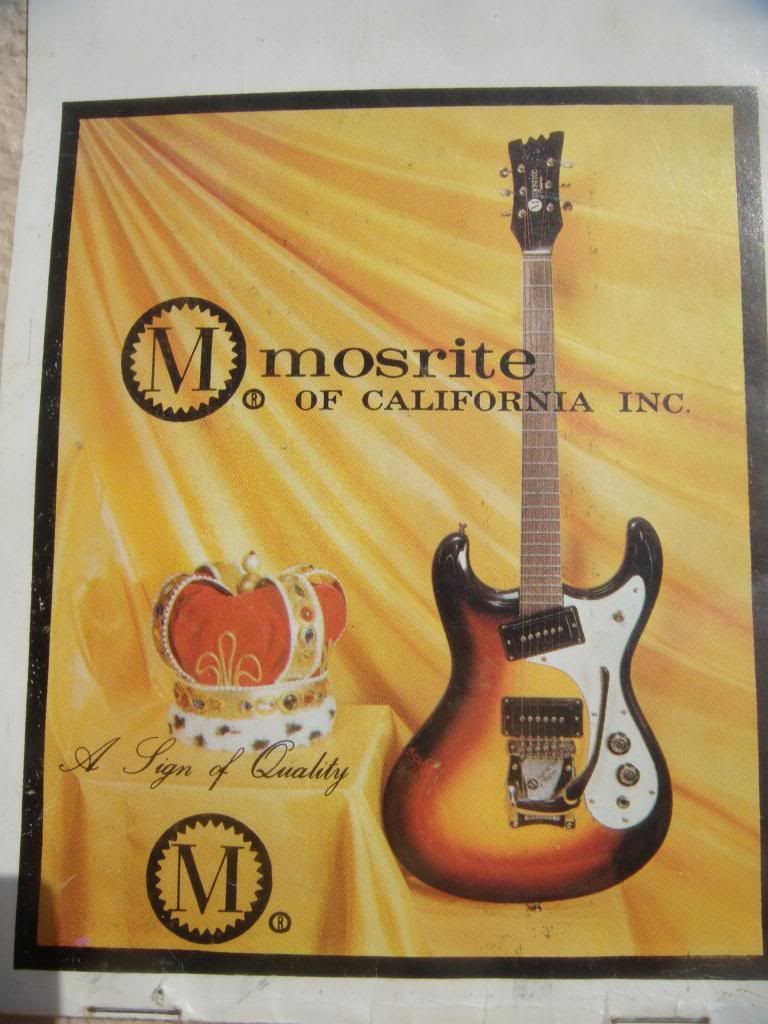
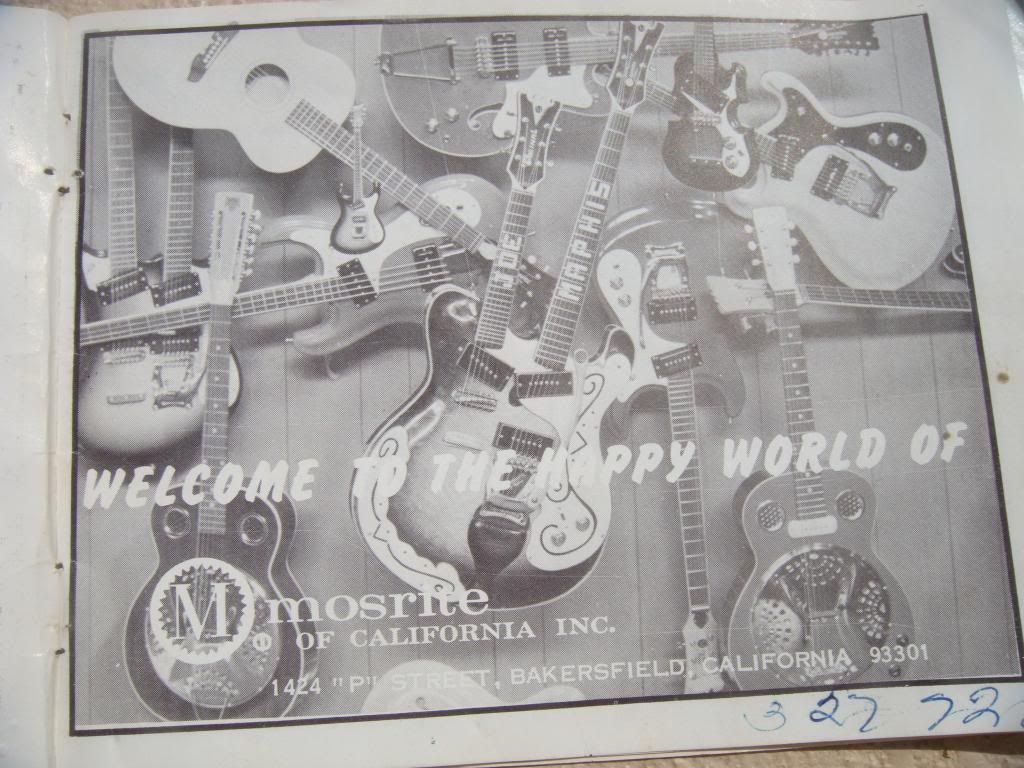
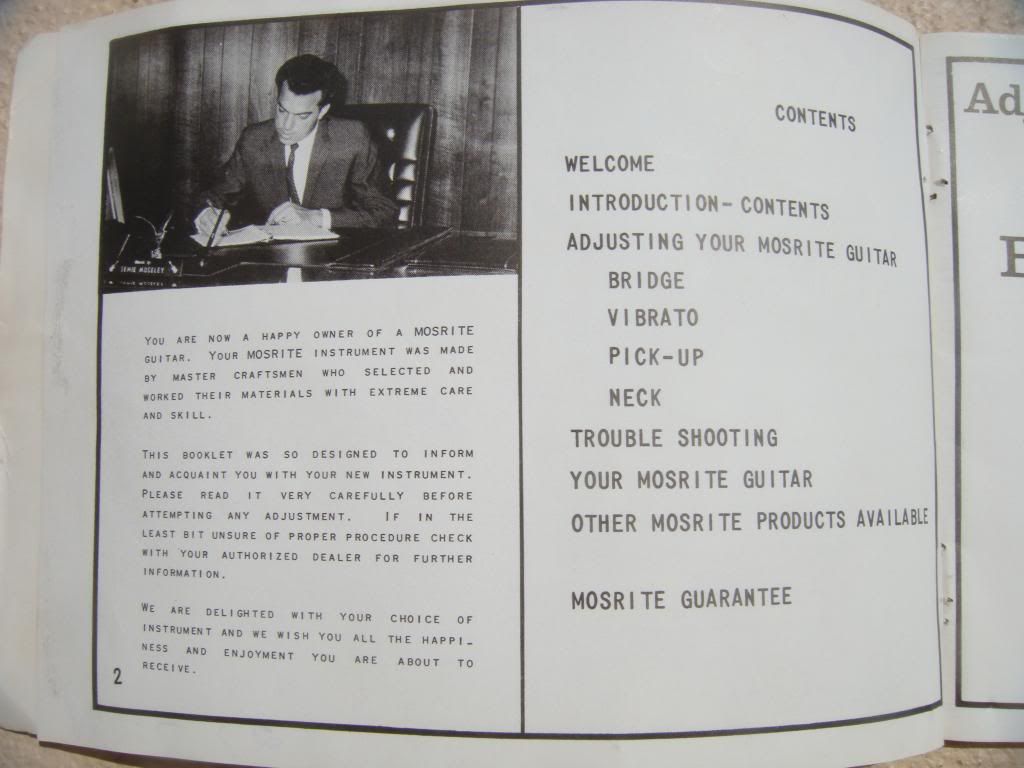
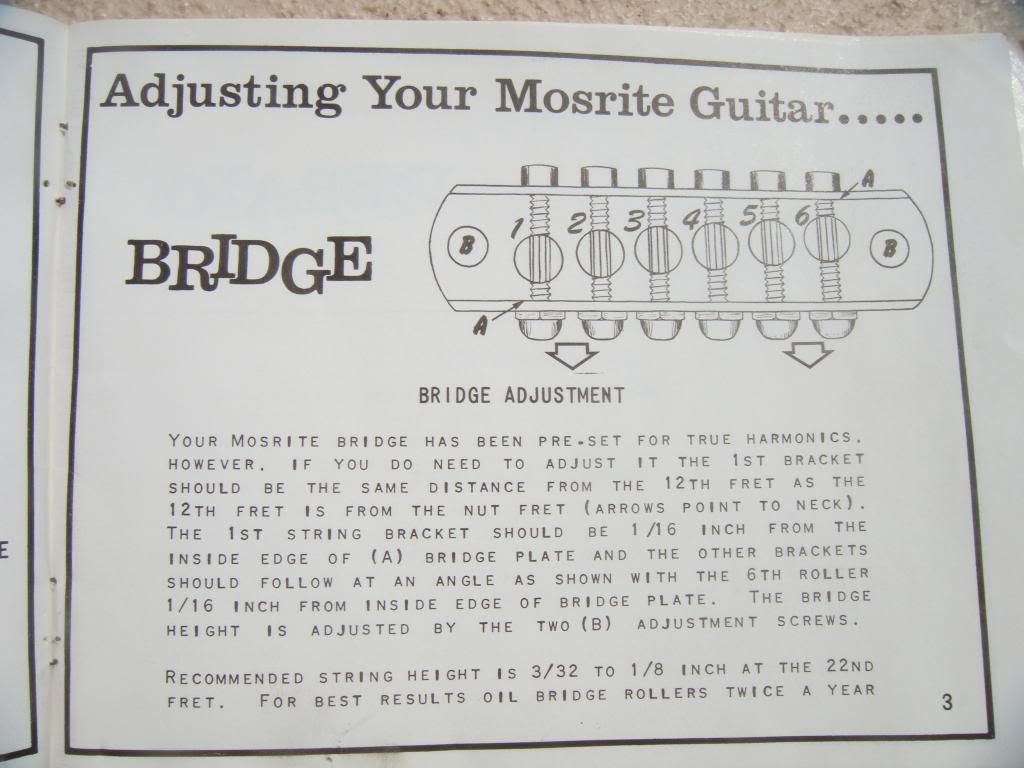
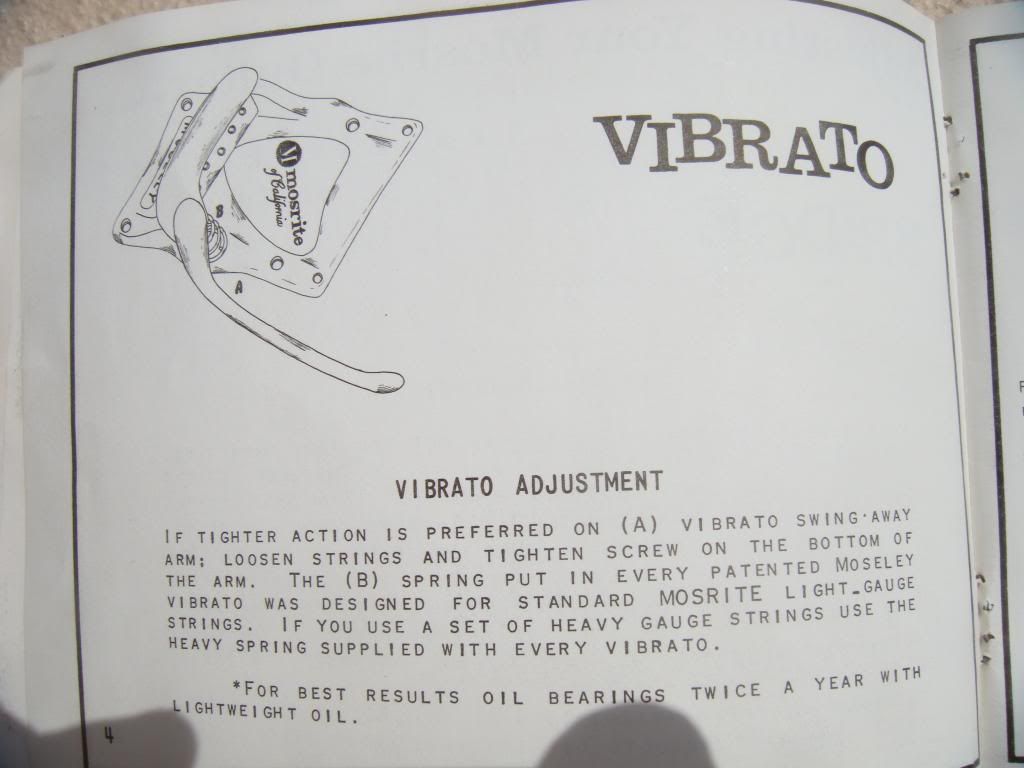
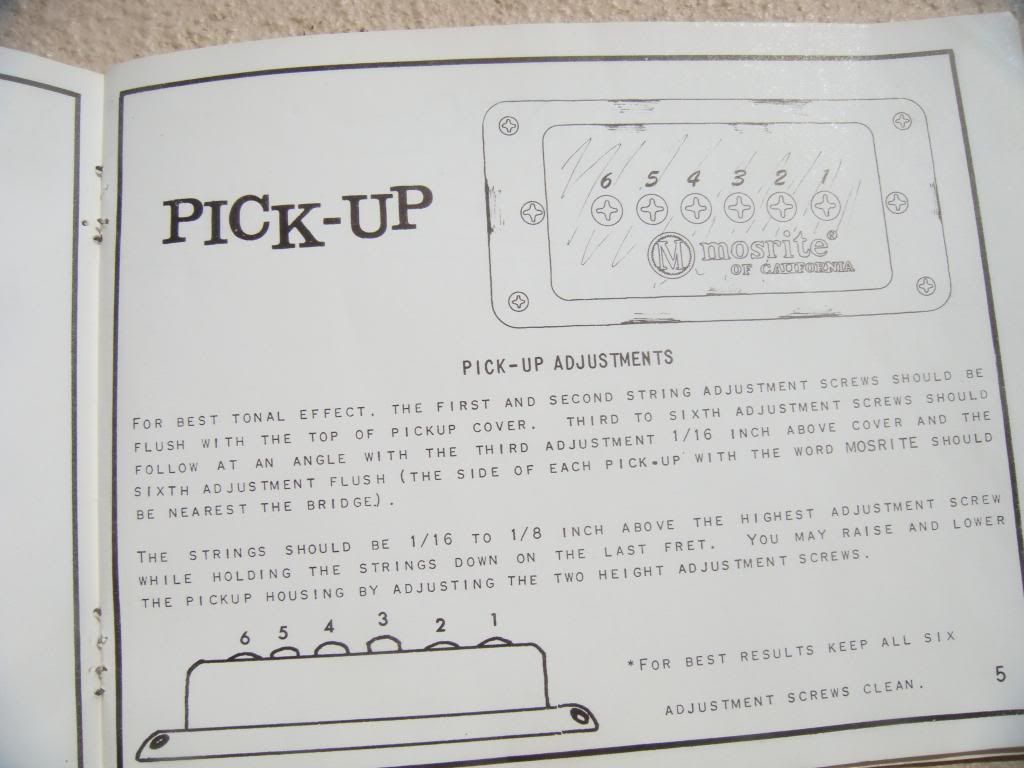
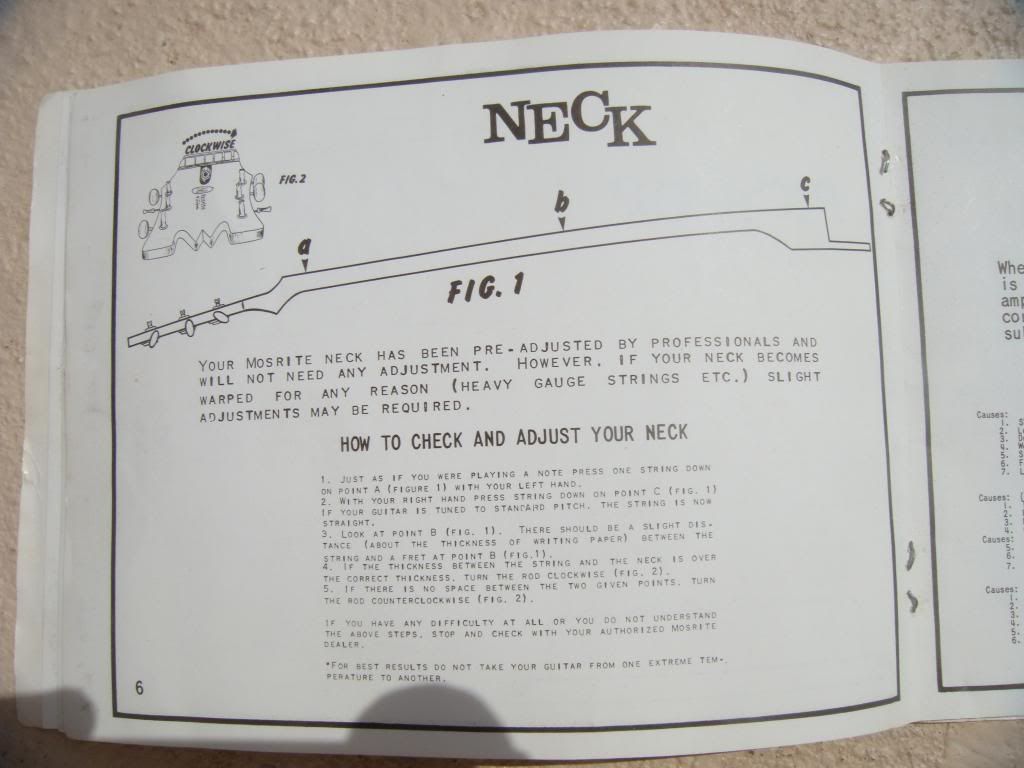

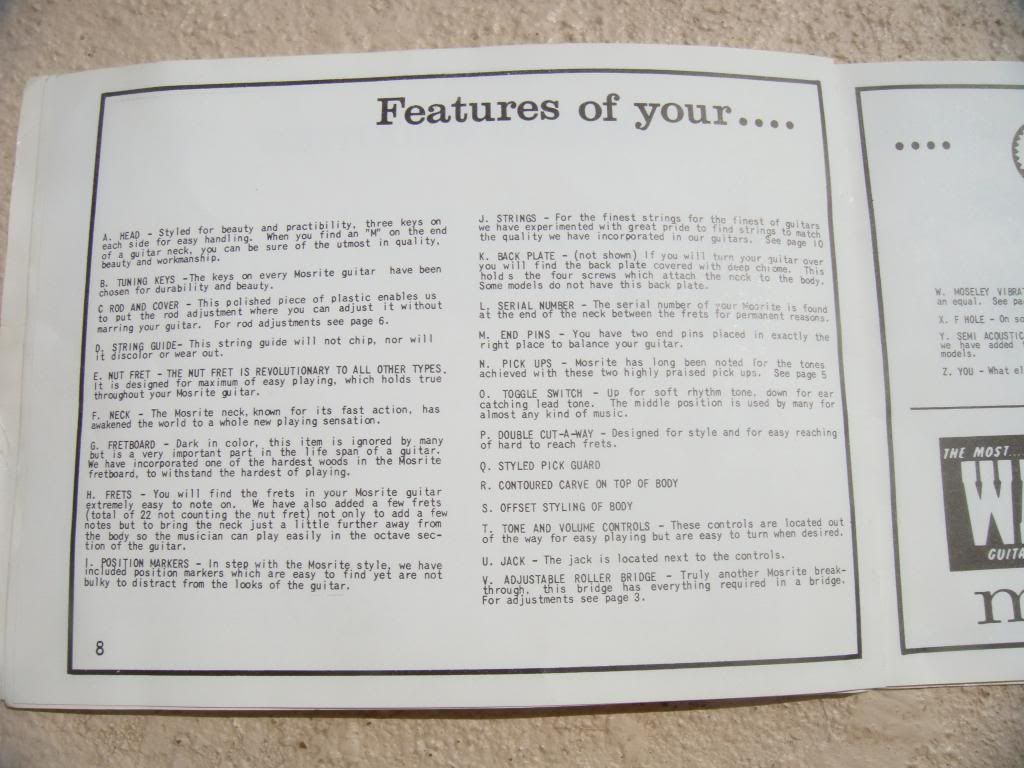
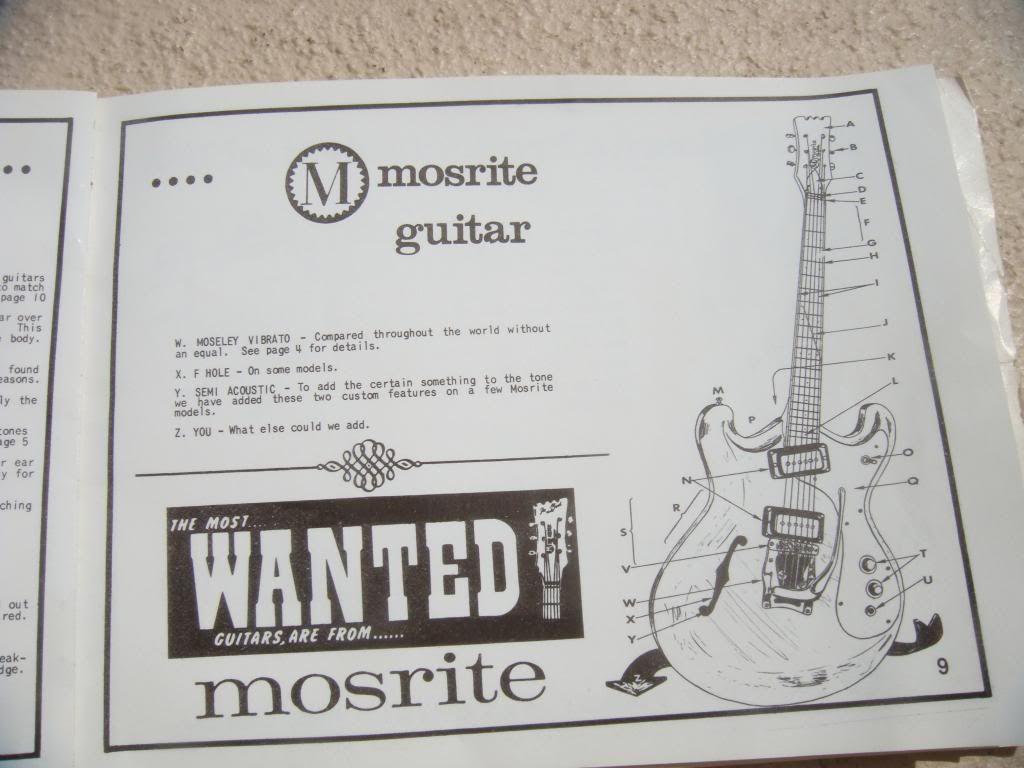
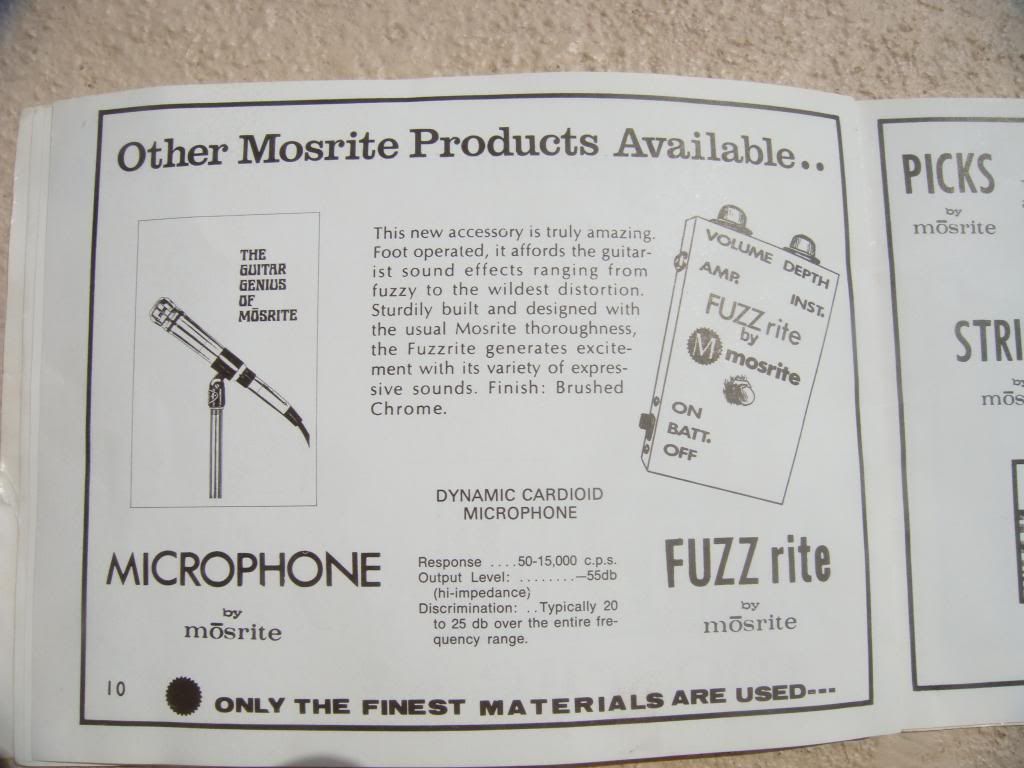

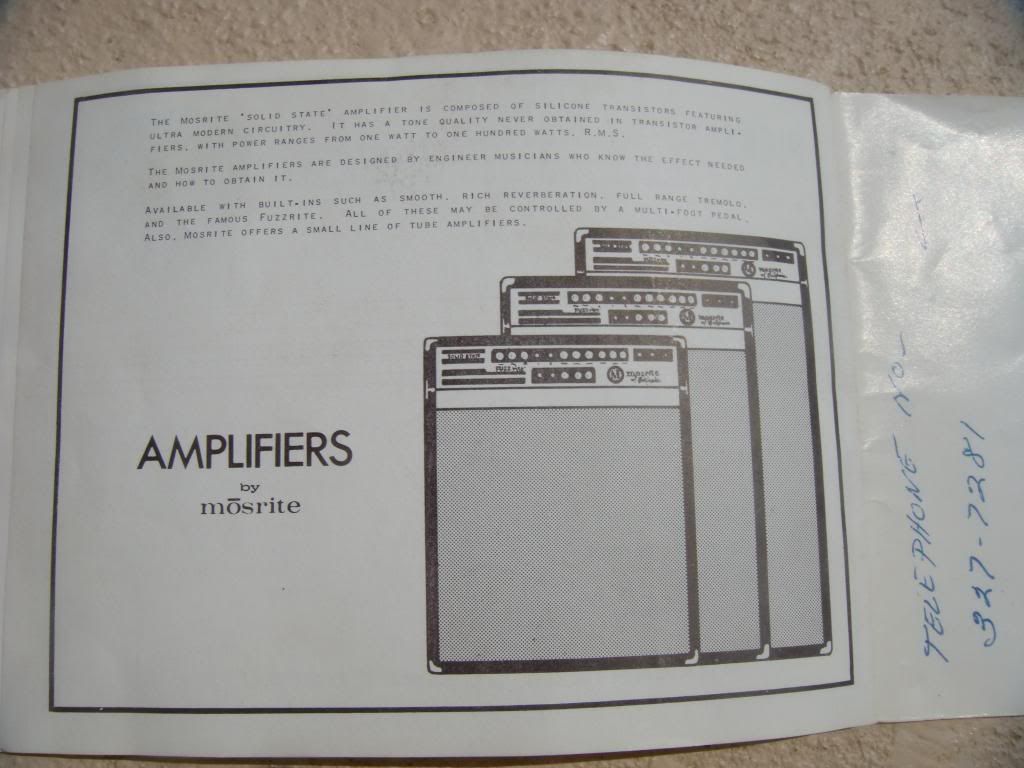
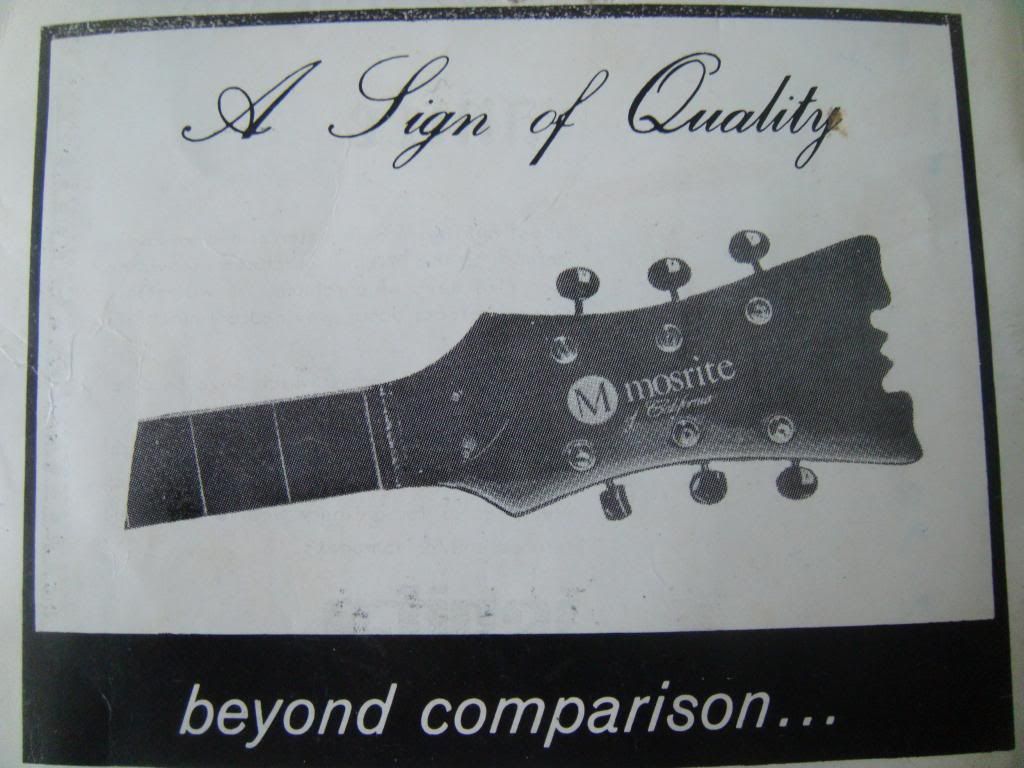
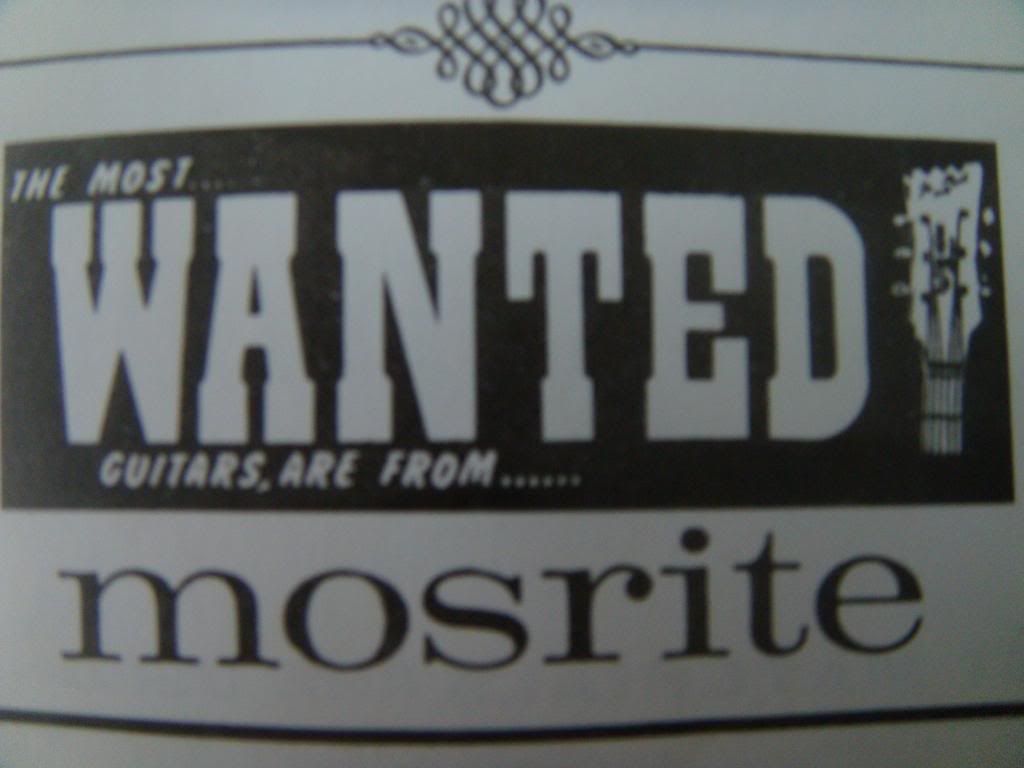
Ah, the mind of Semie, always different....